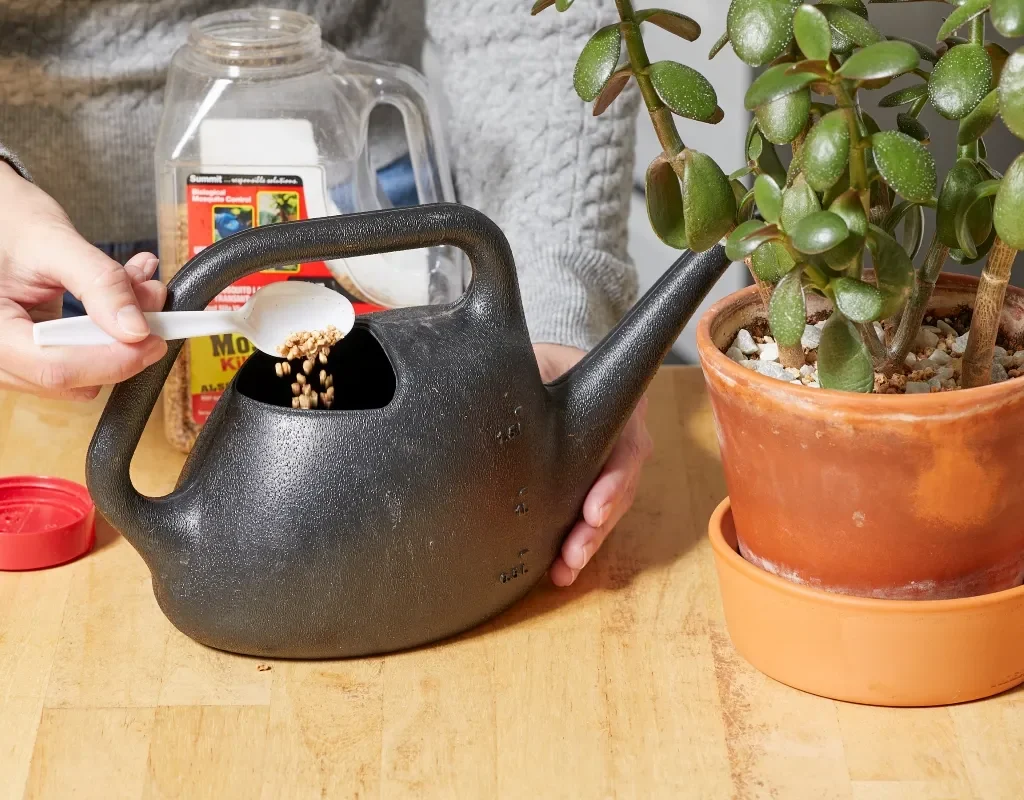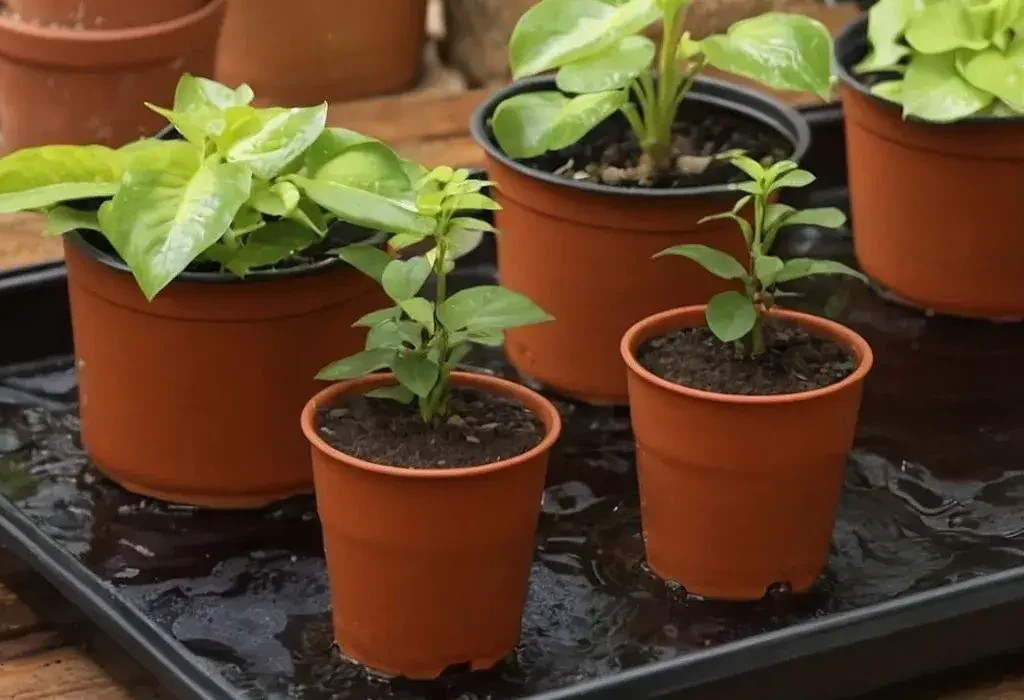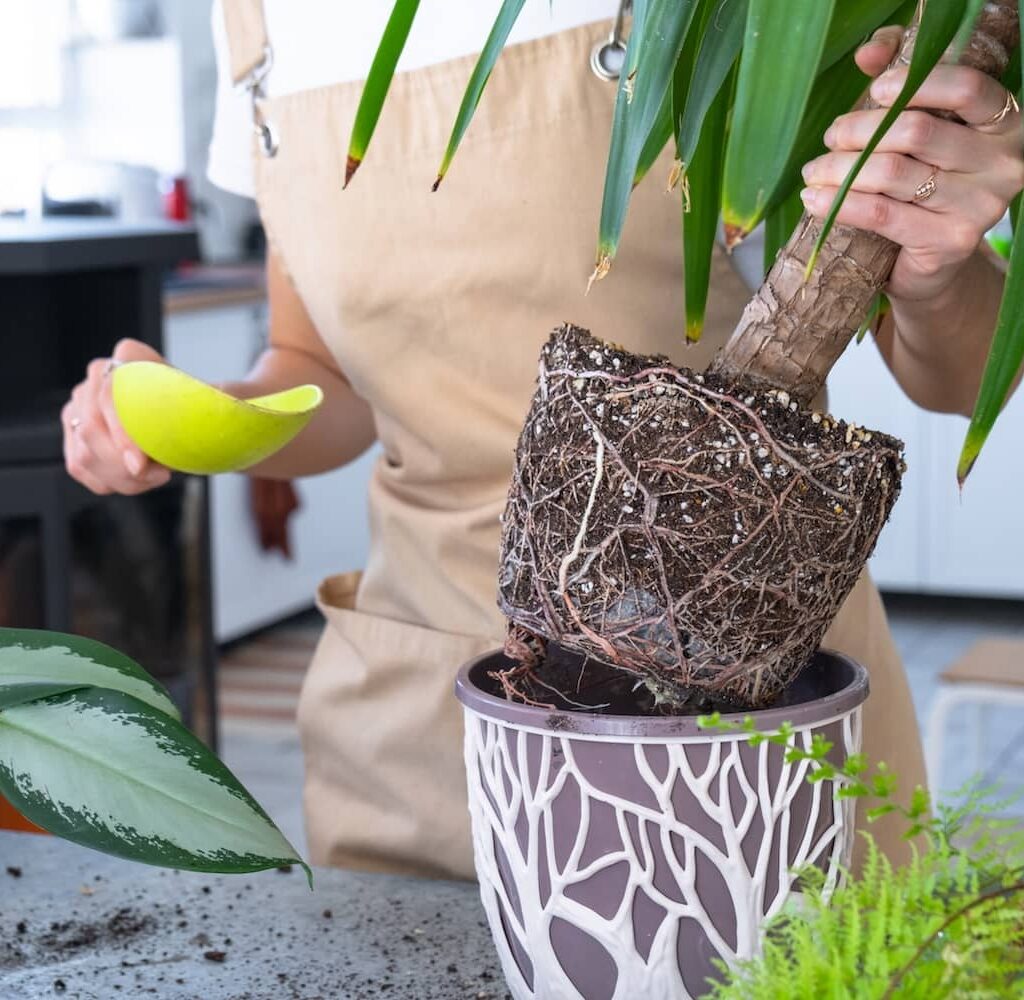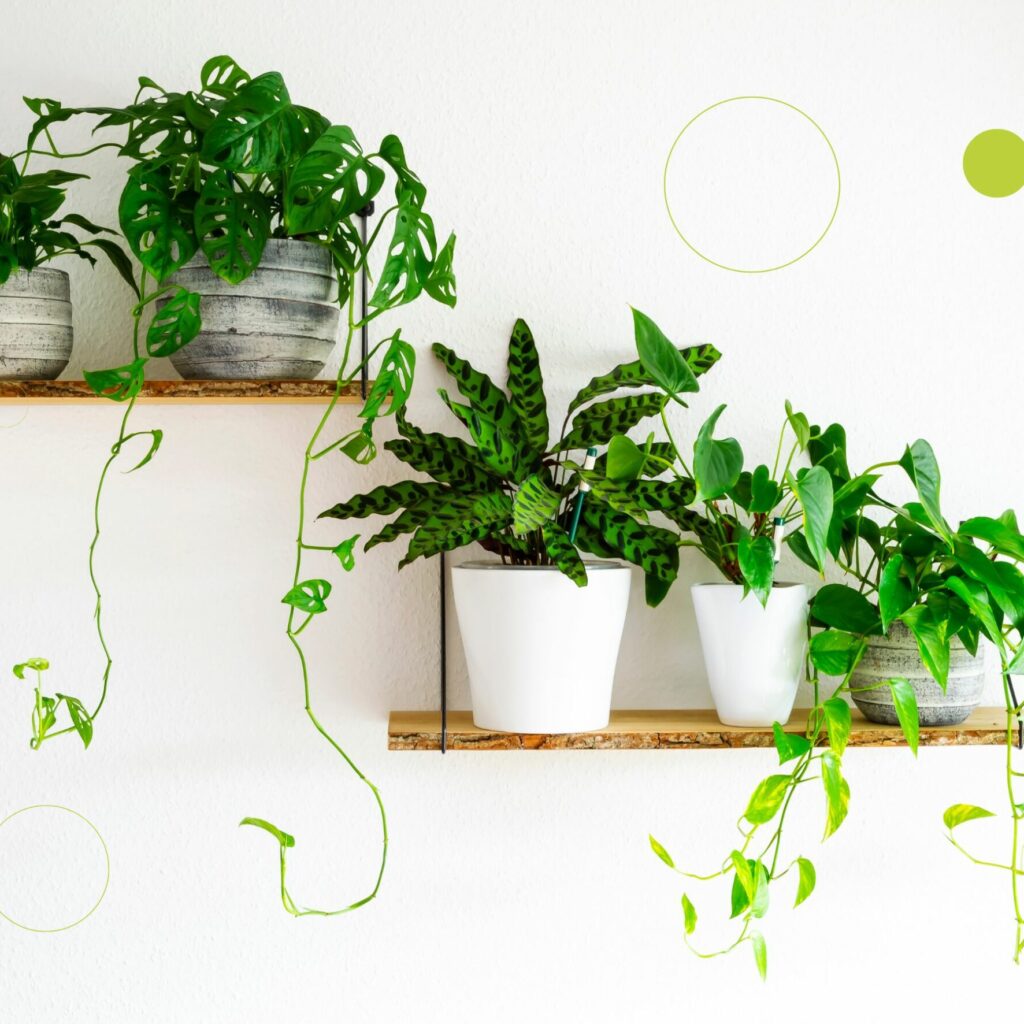Indoor plants bring life, beauty, and freshness into our homes, but they also sometimes invite unwanted guests—fungus gnats. These tiny flying insects are one of the most common problems faced by indoor gardeners. Although harmless to humans, they can damage plant roots, spread diseases, and make your living space less pleasant. The good news is that fungus gnats are manageable with quick, effective fixes. By combining preventive measures with safe remedies, you can keep your indoor garden thriving and gnat-free.
This guide explores the causes of indoor gnat infestations, their life cycle, and quick, practical fixes you can use to eliminate them without harming your plants.
Understanding Plant Gnats

Before applying fixes, it’s important to understand the problem. Fungus gnats are tiny, mosquito-like insects, usually 1/8 inch long, with delicate wings and long legs. They are attracted to damp soil and organic matter, where they lay eggs. The larvae feed on fungus, decaying material, and sometimes tender plant roots, which can harm seedlings and slow plant growth.
Signs of a Gnat Infestation:
- Tiny black insects flying around soil or windows.
- Larvae in the soil (small, clear worms with black heads).
- Yellowing leaves, stunted growth, or wilting in seedlings.
- Soil that stays consistently damp.
Gnats thrive in wet conditions, so overwatering and poor drainage are the biggest culprits behind infestations.
Quick Fix #1: Let the Soil Dry Out

One of the fastest ways to reduce gnats is by drying out your soil. Fungus gnat larvae require moisture to survive, so when the top 1–2 inches of soil dries, their eggs and larvae die off.
How to Do It:
- Water plants only when the top inch of soil feels dry to the touch.
- For moisture-loving plants, bottom-water instead of top-watering.
- Use a moisture meter if you’re unsure about soil conditions.
This simple fix disrupts their life cycle and works as a long-term prevention method.
Quick Fix #2: Sticky Traps

Sticky traps are a cheap and highly effective way to catch adult gnats before they reproduce. The bright yellow or blue color attracts the insects, and once they land, they get stuck.
How to Use:
- Place yellow sticky traps near plant pots.
- Replace them once they’re filled with gnats.
- For heavy infestations, use multiple traps.
This method won’t kill larvae in the soil, but it quickly reduces the flying adult population.
Quick Fix #3: Use Sand or Gravel as a Top Dressing
Creating a barrier on top of the soil makes it difficult for gnats to lay eggs. Coarse materials such as sand, gravel, or decorative pebbles dry faster than soil, preventing larvae survival.
How to Apply:
- Add a 1–2 inch layer of horticultural sand, perlite, or aquarium gravel on top of your soil.
- Make sure it fully covers the moist soil surface.
This fix is both decorative and functional—great for houseplant displays.
Quick Fix #4: Hydrogen Peroxide Solution

Hydrogen peroxide (H₂O₂) is an effective soil drench that kills gnat larvae without harming plants when used in the right dilution.
Recipe:
- Mix 1 part 3% hydrogen peroxide with 4 parts water.
- Water your plants with this solution as you normally would.
- The fizzing reaction kills larvae instantly.
Repeat once a week until the infestation is gone.
Quick Fix #5: Neem Oil Spray or Drench

Neem oil is a natural insecticide that disrupts gnat larvae development and also repels adult gnats. It’s safe for indoor plants when diluted properly.
Method:
- Mix 1 teaspoon neem oil, a few drops of mild dish soap, and 1 quart of water.
- Spray soil surfaces and plant leaves.
- For heavy infestations, use neem oil as a soil drench.
Neem oil provides long-term control while also preventing other pests like spider mites and aphids.
Quick Fix #6: Cinnamon as a Natural Fungicide
Cinnamon isn’t just a kitchen spice—it’s also a natural antifungal agent that reduces soil fungus, which is the main food source for gnat larvae.
How to Use:
- Sprinkle a thin layer of ground cinnamon on top of the soil.
- Repeat every few days until the gnats disappear.
Cinnamon helps prevent future infestations by reducing fungal growth.
Quick Fix #7: Mosquito Bits or BTI
Mosquito Bits contain Bacillus thuringiensis israelensis (BTI), a naturally occurring bacterium that kills gnat larvae but is harmless to humans, pets, and plants.
How to Apply:
- Sprinkle Mosquito Bits on top of the soil.
- Water plants as usual to activate the bacteria.
- Alternatively, soak Mosquito Bits in water for 24 hours, then use the water to drench your soil.
This fix is extremely effective and safe for indoor use.
Quick Fix #8: Essential Oils
Essential oils like peppermint, rosemary, and tea tree oil can repel gnats. While not always as strong as other remedies, they work well as part of an integrated approach.
DIY Spray:
- Mix 10–15 drops of peppermint oil with 1 cup of water.
- Spray around plant pots, windows, and infested soil surfaces.
Long-Term Prevention Strategies
While quick fixes eliminate current infestations, prevention is key to keeping gnats away permanently.
1. Improve Drainage
- Use well-draining soil mixes.
- Add perlite or coarse sand to prevent compacted soil.
- Make sure pots have drainage holes.
2. Adjust Watering Practices
- Stick to a watering schedule that allows soil to dry out.
- Avoid letting water sit in saucers under pots.
3. Maintain Clean Planting Areas
- Remove fallen leaves and debris from soil surfaces.
- Repot plants with fresh soil if infestations are severe.
4. Introduce Natural Predators
If you prefer a biological approach, predatory nematodes (Steinernema feltiae) can be added to soil. They target gnat larvae and provide lasting control.
Common Mistakes to Avoid
- Overwatering – The number one cause of infestations.
- Using Garden Soil Indoors – Often contains pests and eggs.
- Ignoring Early Signs – Gnats reproduce quickly, so acting fast is crucial.
- Overusing Chemicals – Strong pesticides harm indoor air quality and beneficial soil microbes.
Conclusion
Gnats can be an annoying problem for indoor gardeners, but with the right quick fixes, you can eliminate them without much hassle. Simple methods like drying out soil, using sticky traps, and adding a gravel layer can provide immediate relief, while remedies such as hydrogen peroxide, neem oil, and BTI ensure long-term control. Most importantly, adjusting watering habits and maintaining clean, well-draining soil prevents future infestations.
By combining these quick fixes with preventive care, you can enjoy your indoor plants without the nuisance of gnats buzzing around.





